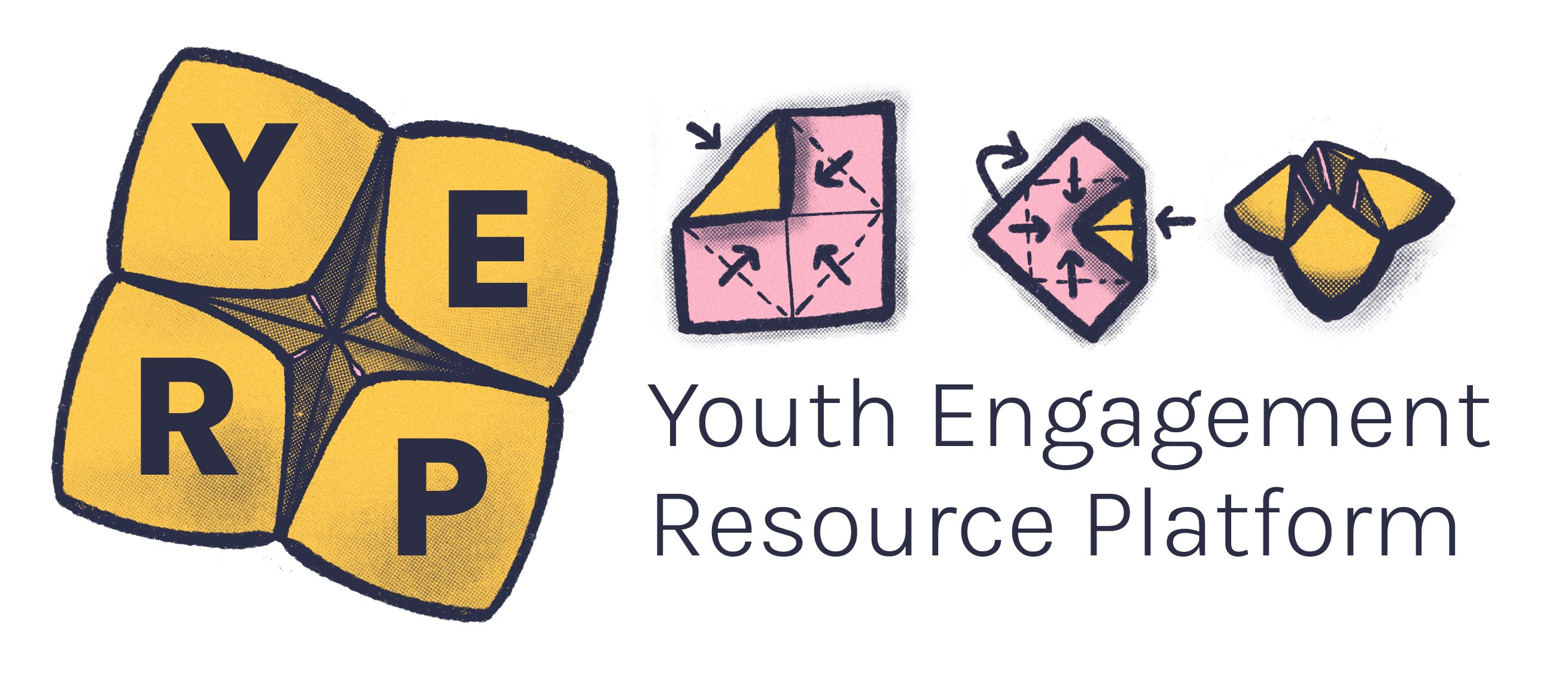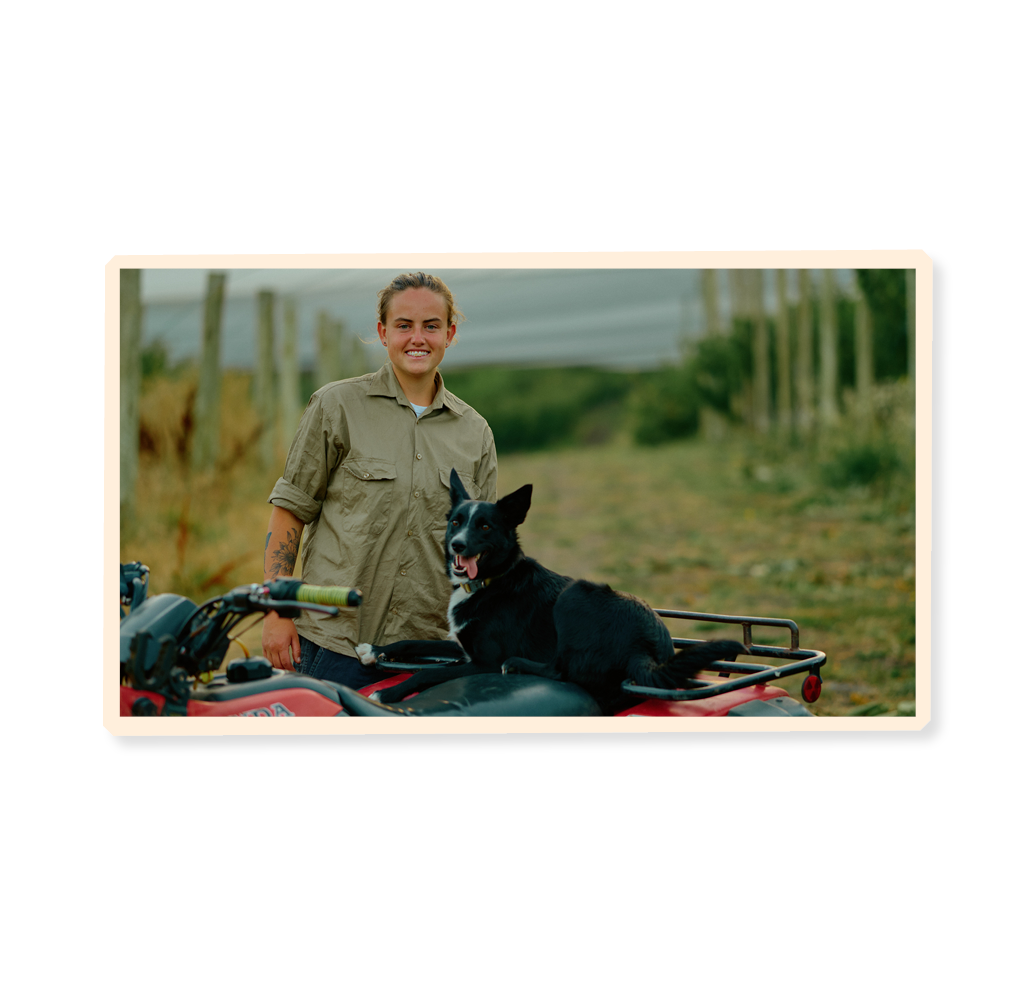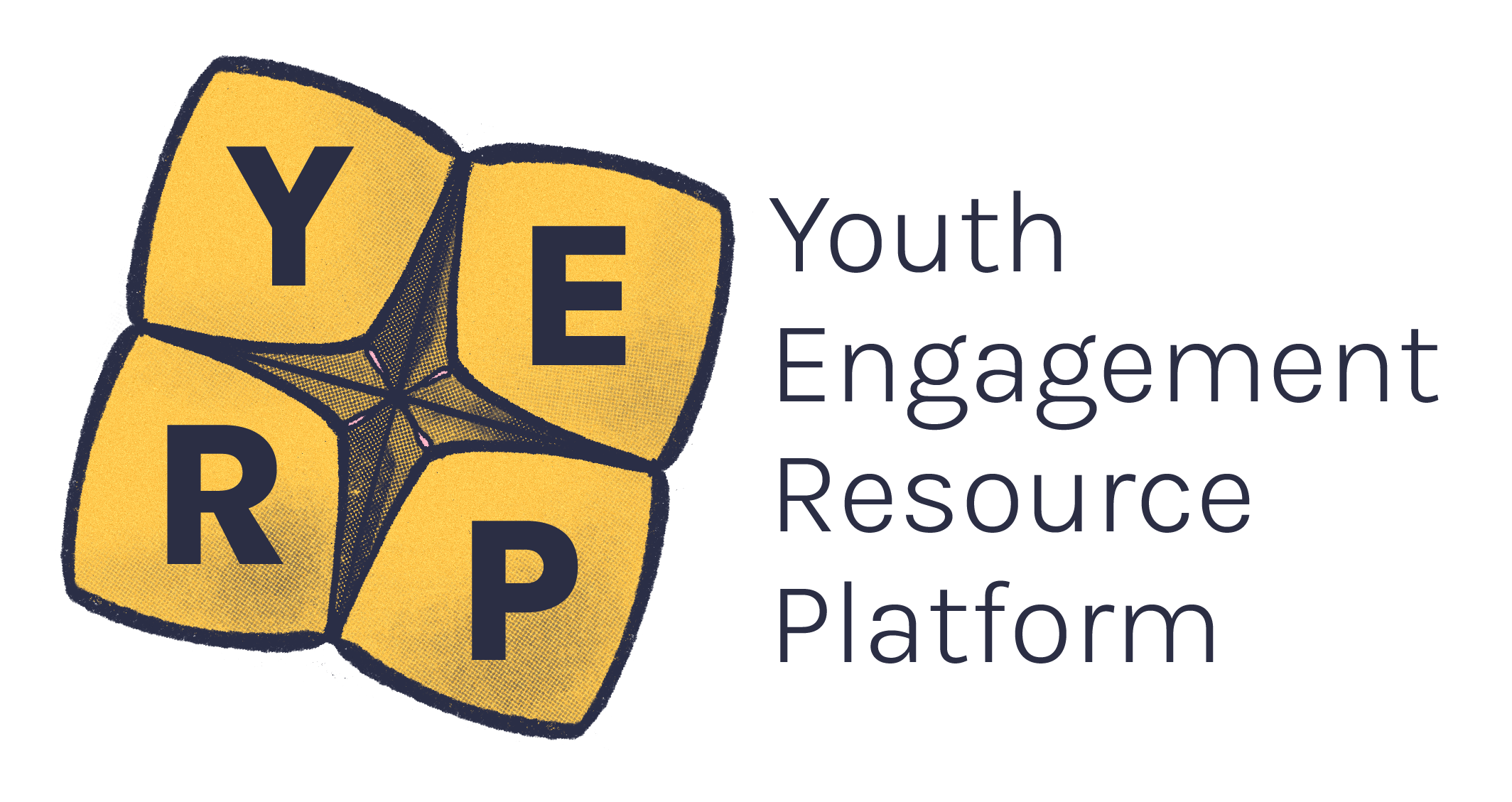Bushfires are a natural part of the Australian environment and have been for thousands of years. But, the effects of climate change mean that bushfires are more intense and frequent.1
Bushfires can significantly impact on lives, property and the environment.1
Check out YACVic’s disaster hub for some great resources around bushfires and creating emergency kits and plans.
The CFA has so many great resources to help you know what to do before and after a fire. Some important things to remember/ plan for:2
- Leave early - Leaving before the fire starts or reaches you is the safest option to protect yourself and your family.
- Plan your route – plan which route to take and have a backup route if that route is blocked or congested.
- If you don’t have a car, ask friends, families or neighbours to ride with them or consider public transport.
- Practise packing the car so it’s quick and everything fits – including your pets!
- Make sure you have enough petrol or fuel so you don’t need to stop to fill up.
- Close all doors and windows before you leave.
- Move doormats and outdoor furniture away from the house.
- Block the downpipes and partially fill the gutters with water.
- Move stock or large animals to large paddocks with short grass.
- Turn off gas and electricity.
- Leave the front gate open.
- Organise and gather your emergency kit before the fire reaches you.
Driving during a bushfire is extremely dangerous and can cause serious injury or death – always leave early to avoid this situation. But if you do find yourself driving through a bushfire, here are the CFA’s tips:3
- Park away from dense bush – try to find a clearing.
- If possible, park behind a barrier like a wall.
- The car should ideally face towards the oncoming fire front.
- Park off the roadway and turn hazard lights on so that others can see you.
- Stay in the car, and close windows and doors.
- Cover up with woollen blankets and get down below window level – this is your highest priority.
- Drink water to prevent dehydration.
- Shut all vents and turn air conditioning off.
- Turn the engine off.
A lack of accessible information means that the disabled community are usually the last to know about emergency information, making them especially vulnerable. Other reasons for these vulnerabilities are a lack of accessible emergency housing and vital equipment.
The Youth Disability Advocacy Service (YDAS) produced this resource to support all Victorians, including young people with a disability.
The CFA has also developed Deaf Emergency Information, which has great resources for people whose first language is Auslan.
Check out the CFA's information on what to do with your pets when bushfires occur, we’ve summarised them below:4
- If you’re leaving early with your pets, take bedding, food and water and make sure you can transport them easily.
- If you aren’t taking them, think about where they could go, like a family or friends house or a boarding kennel.
- Keep your pets confined, they are safest this way. For example, on a lead or in a carrier.
- Make sure they have plenty of water to drink.
- Have towels and woollen blankets available to cover and protect them.
- Make sure they are microchipped and have their collars and tags on with your contact details.
- If you’re not home at the time of the fire, your neighbours may be able to help protect your pets.
- Practise how you’ll move your pets if you leave. It takes longer than you think.
♫ Slow instrumental intro music plays ♫
Chris: I remember my family and I, we were, it was that hot, hot summer day and we were looking up into the sky and we saw this huge mushroom cloud and we were like...[ohhh] should we leave or should we stay?
Jen: And I remember flying home and we've come from Auckland to Melbourne and you could see the fires so so brightly.
It was such a surreal experience and yeah getting home and seeing what it had done and just being around it was such [laughing] such a crazy experience.
[Slow instrumental music]...
Chloe: I care about young people making change because we are the future, we are the next generation and everything's going to start relying solely around us and we need to step up and take that confidence and courage to take it the next steps in our life.
Jen: I think in this day and age being a young person is such an amazing thing like watching what's going on around us and seeing all these young people coming with these amazing ideas and not being scared to speak out anymore.
It's such an amazing community to be a part of.
[Slow instrumental music]...
Macy: The programs really given us kind of a proper tangible way that we can make a like a big impact.
Um, because often you know you want to make a change but you don't really know where to start and this really offered a good way to start one project and also to learn skills to then go off and do things on your own.
Chloe: [Ah] My favourite part about activators has been getting to know new people who have a lot of things in common and it's just been great getting to know all the different mindsets.
And, like, the different problems around Victoria and the different things that all these people are coming up with to help the communities.
It's just been really great.
Jen: I have learnt sooo much from activators. I'm building a website which I never thought I would ever be able to do in my life.
I've learned so much about other people and how I can interact with new people, like, being in a small town you never really meet anyone totally, totally different and being able to meet these people has been absolutely amazing.
Willow: I feel like [laughing] young people... they have, they know a lot.
Some people think they don't but we you do know a lot and we've very aware of all the issues in the world.
Chris: I don't speak for ** all young people but I know that I've been born with a sense of urgency.
I don't want to live in a future that's desolate, dry...volatile... I want to live in a lush, abundant... fair...ecologically sound future... and... young people can do that... especially through support systems like YACVic.
[Slow instrumental music plays to finish]
Read through our Activators Program and all the amazing projects that young people worked on for their communities while they recovered from the 2019-2020 bushfires.
Check out this video of 5 young people leading projects to support bushfire recovery in their communities. Hopefully it gives you some inspo or motivation to get involved in something you’re passionate about.
Vic Emergency Hotline: 1800 226 226
Wildlife Welfare: 136 186
Life threatening emergencies: 000
Download the Vic Emergency and Australian Red Cross RediPlan apps.
- Australian Climate Service. Bushfires. Australian Climate Service. N.d. Accessed June 5, 2024. https://www.acs.gov.au/pages/bushfires
- CFA. Leave Early. N.d. Accessed June 5, 2024. https://www.cfa.vic.gov.au/plan-prepare/before-and-during-a-fire/leave-early
- CFA. Staying safe in the car. N.d. Accessed June 6, 2024. https://www.cfa.vic.gov.au/plan-prepare/before-and-during-a-fire/leave-early/staying-safe-in-the-car
- CFA. Pets and bushfires. N.d. Accessed June 6, 2024. https://www.cfa.vic.gov.au/plan-prepare/before-and-during-a-fire/pets-and-bushfires





